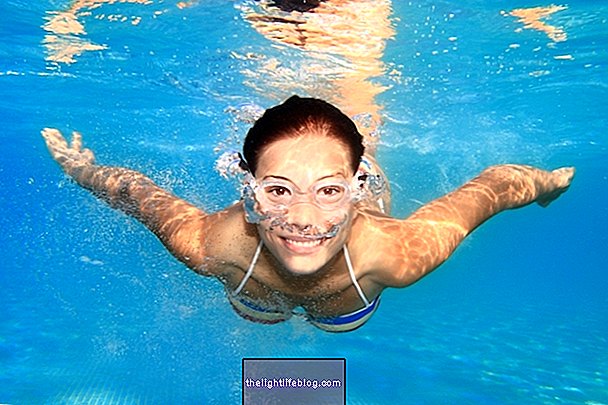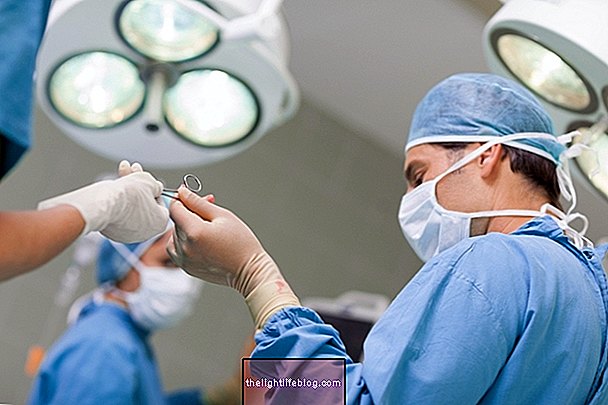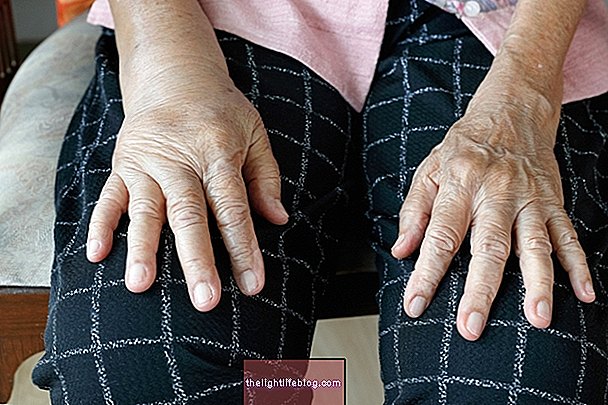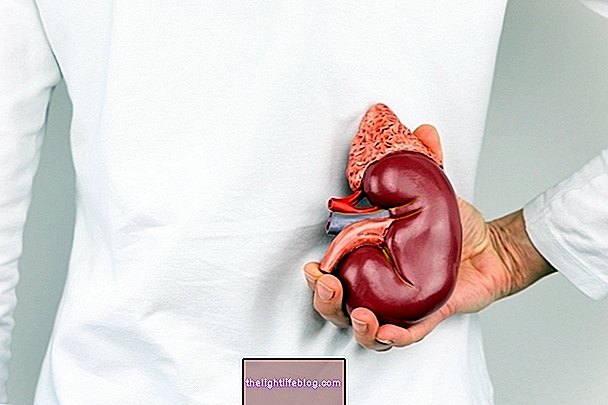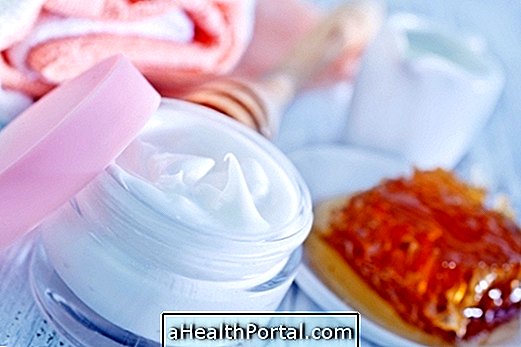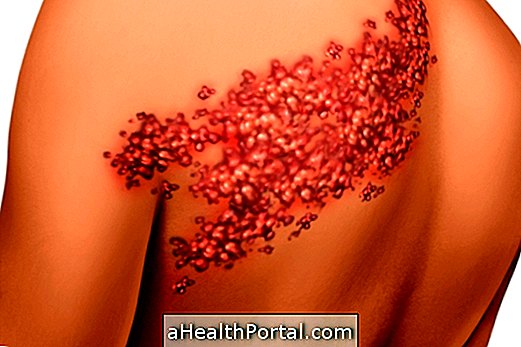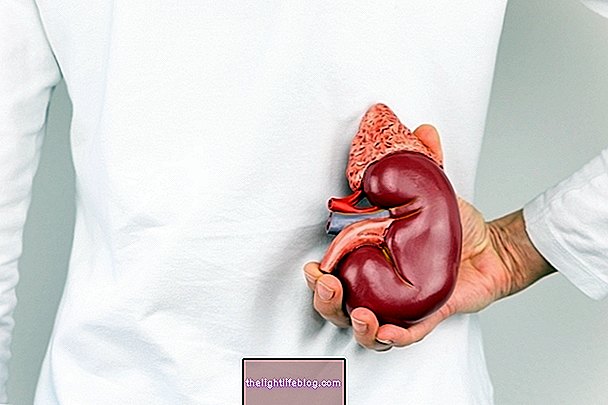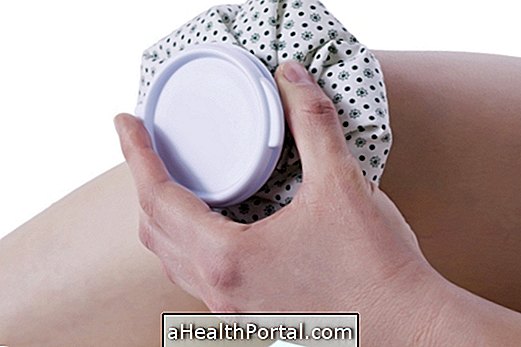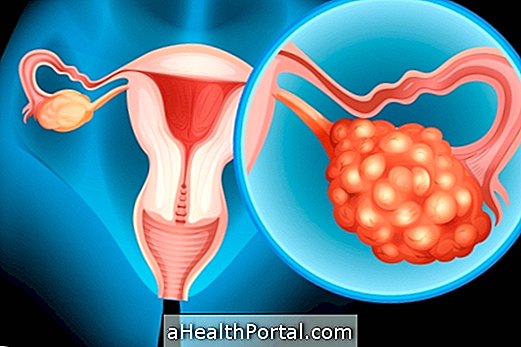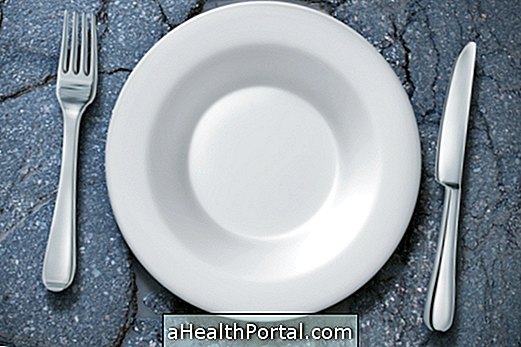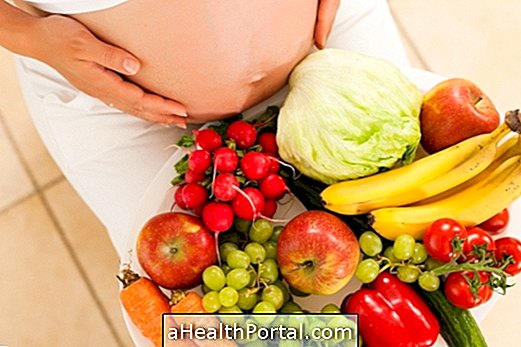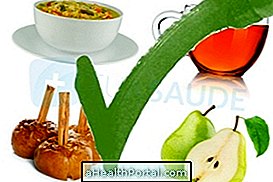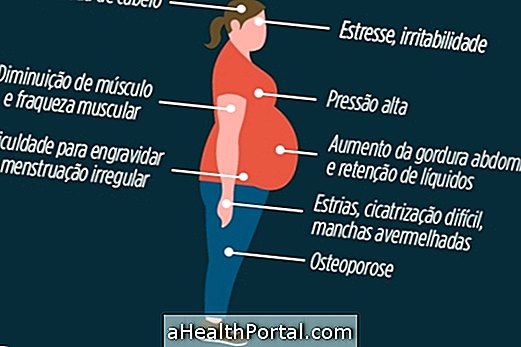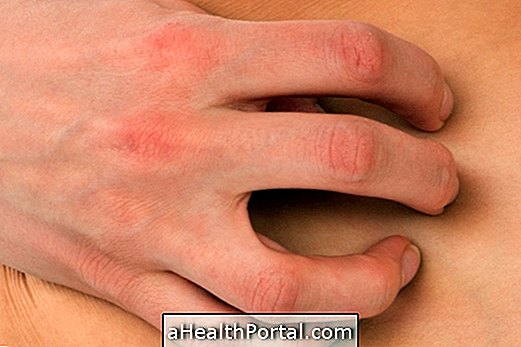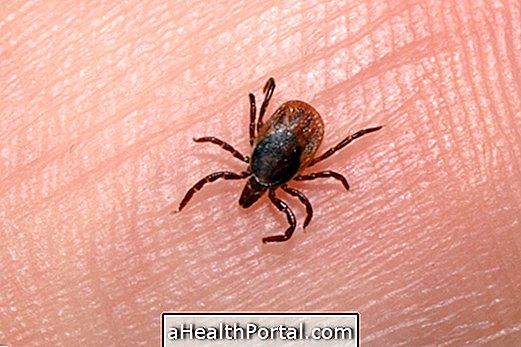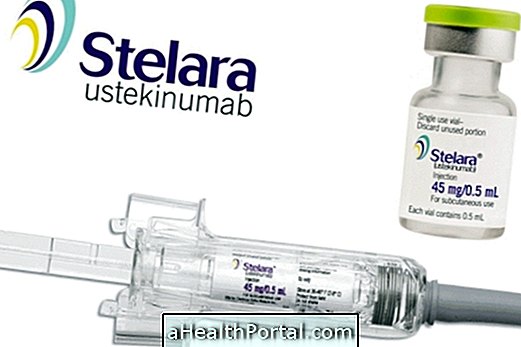Ecchymosis is the leakage of blood from the skin's blood vessels that rupture to form a purple colored area and is usually related to trauma, bruising or side effects of some medications, for example.
Ecchymosis can last from 1 to 3 weeks, during which time the color changes from purple to greenish yellow. Most of the time, bruising does not require specific treatment, however, if it appears frequently, it is important to see a general practitioner or hematologist.
The diagnosis of the causes of ecchymosis is based on laboratory tests using the blood count and the measurement of platelets and blood clotting factors and, in cases of suspected bone fracture, the doctor may order tests such as X-rays or MRIs.

The main causes of ecchymosis are:
1. Bruise
The main cause of bruising is the contusions or injuries that occur when practicing sports or in cases of domestic, school, professional or traffic accidents. Bruises cause the rupture of superficial blood vessels, causing ecchymosis to appear and can occur in any region of the body.
What to do: usually, bruising disappears spontaneously, however, if the affected area is painful, you can use cold compresses or ice at the site of the lesion in the first 24 to 48 hours and a hot compress after that period or take anti-inflammatory drugs such as ibuprofen, for example. Check out the home remedies to eliminate the purple spots on the skin.
2. Surgeries
Ecchymosis can appear in the postoperative period of plastic surgery, such as liposuction, abdominoplasty or rhinoplasty, due to mechanical trauma on the skin or in surgeries that require cuts or incisions, causing the rupture of blood vessels and blood leakage into the skin.
What to do: in the case of liposuction or abdominoplasty surgeries, the use of compression straps or lymphatic drainage decreases the pressure in the blood vessels and helps to prevent ecchymosis. If surgery is done on the face, such as rhinoplasty, lie down with your head more inclined, above the height of your heart. In these cases, you can still apply cold compress to the site in the first 48 hours to constrict blood vessels, reducing local bleeding and the appearance of ecchymosis. See step by step how to do lymphatic drainage at home.
3. Bone fractures
Generally, when breaking a bone, the skin tissues around the bone may rupture, leading to the appearance of bruising close to the fracture. Fractures at the base of the skull or bones in the face, for example, can lead to the appearance of periorbital ecchymosis in which the purple spot appears around the eyes, known as a "raccoon sign".
What to do: It is important to seek medical help in case of suspected bone fracture to immobilize the affected region. However, to reduce local swelling and bleeding, you can lift the limb and apply cold compress or ice to prevent ecchymosis and control pain and swelling.

4. Varicose veins
In the case of varicose veins, also known as varicose veins, ecchymosis can occur because of greater fragility of blood vessels, being more common in the elderly or other factors such as standing for a long time, obesity or pregnancy, for example.
What to do: compression stockings can be used to help prevent bruising and, in the most severe cases, injections may be necessary at the site where the veins are dilated or laser surgery. Better understand how the treatment for varicose veins is done.
5. Use of medicines
Some anticoagulant remedies, such as acetyl salicylic acid or warfarin, alter the time for blood clots to form that are important to stop bleeding and, in cases of bumps and bruises, bruising may occur more frequently.
What to do: You can do a cold compress on the spot to reduce bleeding and prevent bruising. During the use of anticoagulants, it is important to have medical follow-up and blood tests regularly to avoid any uncontrolled blood clotting and to inform the doctor if bruises appear frequently or for no apparent reason.
6. Low platelets
Platelets are important in forming the clot that is responsible for stopping bleeding. When there is a decrease in the amount of platelets, called thrombocytopenia or thrombocytopenia, ecchymosis can occur.
What to do: the ideal is not to carry out activities that require effort or contact sports to avoid the formation of bruise. In the case of thrombocytopenia already diagnosed by the doctor, strict monitoring must be carried out to control platelet levels. A diet rich in folic acid and vitamin B12 can also help reduce the appearance of ecchymosis, as these nutrients increase the formation of blood cells and platelets. Check out the list of foods rich in vitamin B12.

7. Hemophilia
Hemophilia is a rare disease characterized by deficiency of clotting factors, important for forming clots and stopping bleeding. In this case, this deficiency can cause bruising more easily.
What to do: Avoid situations that can cause bleeding such as physical contact and impact activities, and the use of medications such as acetyl salicylic acid or warfarin, and corticosteroids such as dexamethasone or betamethasone, for example, to prevent the onset of ecchymosis. In the most severe cases of hemophilia, blood transfusions may be necessary and, therefore, the hematologist should be consulted regularly to control hemophilia.
8. Leukemia
Leukemia occurs by decreasing the formation of white blood cells by the bone marrow, interfering with the normal function of the bone marrow and the formation of platelets, which can cause bleeding and the appearance of bruises.
What to do: Usually, bruising is a common symptom of leukemia. In the case of frequent bruises, spread throughout the body and for no apparent reason such as bruises or bumps, medical help should be sought to diagnose and initiate treatment, which is usually chemotherapy.
9. Dengue
Dengue is a viral infection transmitted by the mosquito Aedes aegyptiwhich can cause changes in blood clotting leading to bruises.
What to do: Bruises are usually accompanied by other symptoms such as body pain, fever, headache and eye pain, for example, and last for about 7 days. In case of suspected dengue, you should rest and consult a doctor to perform blood tests and start the treatment that is done with painkillers such as paracetamol or antipyretics such as dipyrone, for example, and hydration.
What is the difference between bruise and hematoma?
Ecchymosis and hematoma are two types of hemorrhage, characterized by bleeding due to rupture of blood vessels. However, in ecchymosis there is a rupture of more superficial blood vessels in the skin, whereas in hematoma there is a rupture of deeper vessels, which may reach muscles and inner layers, in addition to forming a bulge in the area and causing pain.
Was this information helpful?
Yes No
Your opinion is important! Write here how we can improve our text:
Any questions? Click here to be answered.
Email in which you want to receive a reply:
Check the confirmation email we sent you.
Your name:
Reason for visit:
--- Choose your reason --- DiseaseLive betterHelp another personGain knowledge
Are you a health professional?
NoMedicalPharmaceuticalsNurseNutritionistBiomedicalPhysiotherapistBeauticianOther
Bibliography
- EPPERLA, Narendranath; MAZZA, Joseph J .; YALE, Steven H. A Review of Clinical Signs Related to Ecchymosis. WMJ. 114. 2; 61-65, 2015
- FILHO, Geraldo B. Bogliolo: General Pathology. 6th ed. Rio de Janeiro: Guanabara Koogan, 2018. 145-174.

